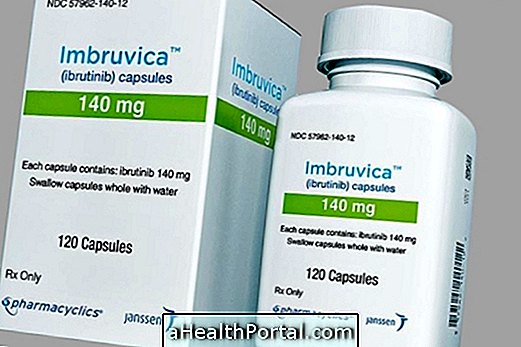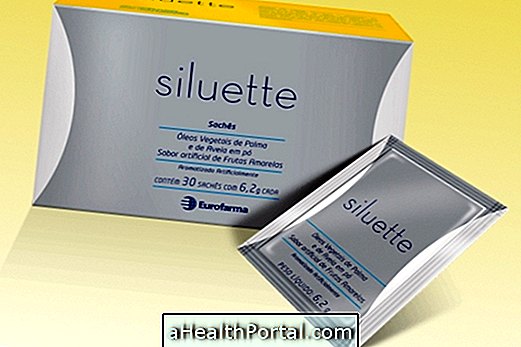Fentanyl is a medicine used to relieve chronic pain, too strong pain or to be used as a supplement to general or local anesthesia or to control pain in the postoperative period.
This substance is available in transdermal patch, in several dosages, can be applied by the person himself or in injectable, and the latter should be administered by a health professional.

What is it for
Transdermal patch fentanyl is a remedy indicated in the treatment of chronic pain or very severe pain requiring opioid analgesia and can not be treated with combinations of paracetamol and opioids, non-steroidal analgesics or short-acting opioids.
Injectable fentanyl is indicated when necessary in the immediate postoperative period for use as an analgesic component or in the induction of general anesthesia and local anesthesia supplement for joint administration with neuroleptic in premedication for use as a single anesthetic agent with oxygen in certain high-risk patients, and for epidural administration in the management of postoperative pain, cesarean section, or other abdominal surgery. Learn more about epidural anesthesia.
How to use
The dosage of fentanyl depends on the pharmaceutical form being used:
1. Transdermal patch
There are several available dosages of transdermal patches, and 12, 25, 50 or 100 mcg / hour can be released for 72 hours. The prescribed dose depends on the intensity of the pain, the general condition of the person and the medication that has already been taken to relieve the pain.
To apply the patch, a clean, dry, hairless area of the intact skin should be selected on the upper torso or arm or back region. In children it should be placed on the upper back so that it does not try to remove it. Once applied it may be in contact with water.
If the patch takes off after a certain time of use, but within 3 days, it should be discarded properly and apply a new adhesive in a different place of the previous one and inform the doctor. After three days, the adhesive can be removed by folding it twice with the adhesive face in and discarding it safely. After this, you can apply the new adhesive according to the instructions on the packaging, avoiding the same place as the previous one. It should also be noted, at the bottom of the package, the date of adhesive placement.
2. Injectable solution
This medication may be given by an epidural, intramuscular or vein, by a health care provider, depending on the doctor's indication.
Some of the factors that should be considered in determining the appropriate dose should include the age, body weight, physical condition and pathological condition of the person, as well as the use of other medications, the type of anesthesia to be used and the surgical procedure involved.
Who should not use
This medication is contraindicated in people with hypersensitivity to any of the components present in the formula or to other opioids.
In addition, it should also not be used by pregnant women who are breastfeeding or during delivery unless recommended by the doctor.
Possible side effects
The most common side effects that can occur with the use of transdermal patch in adults are insomnia, drowsiness, dizziness, nausea, vomiting, and headache. In children, the most common side effects that can occur are headache, vomiting, nausea, constipation, diarrhea and generalized itching.
The most common side effects that can occur with the use of injectable fentanyl are nausea, vomiting and muscle stiffness.










/como--feito-o-tratamento-para-coronavrus-(covid-19).jpg)








